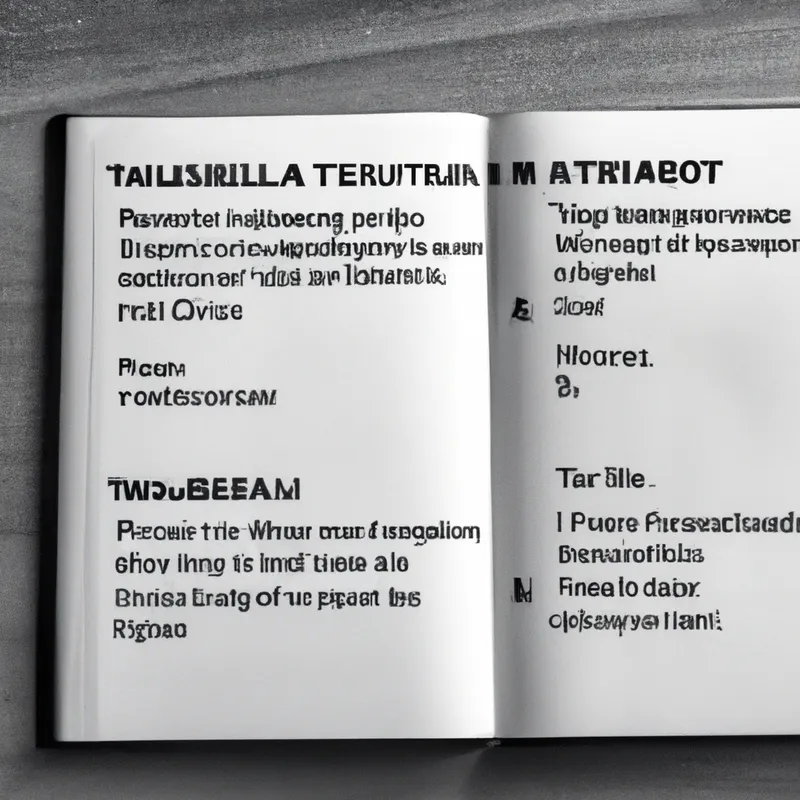Boost Your Mental Toughness with Tabata
How to Use Tabata Protocols for Mental Toughness
In today’s fast-paced world, mental toughness is essential. We face daily challenges at work, school, and in personal life. Developing resilience to cope with these pressures is crucial for success. One effective way to build resilience is through the Tabata Protocol. This high-intensity interval training method enhances both physical fitness and mental strength. Let’s explore how to use Tabata protocols to boost mental toughness.
Understanding Tabata Protocols
Dr. Izumi Tabata conducted a study showing high-intensity interval training (HIIT) improves aerobic and anaerobic fitness. The traditional Tabata format involves 20 seconds of maximum effort followed by 10 seconds of rest. You repeat this for a total of eight rounds, creating a four-minute workout. While designed for physical training, Tabata principles also enhance mental endurance.
Engaging in intense physical activity challenges both your mind and body. You learn to manage discomfort and fatigue, common performance barriers. This training method enhances mental toughness by conditioning you to push through challenges in workouts and life.
Tips for Implementing Tabata Training
Start Small
If you’re new to Tabata, begin with one or two exercises. For example, start with bodyweight exercises like squats or push-ups. Perform these exercises for four minutes, following the 20/10 structure. As you grow comfortable, incorporate additional exercises or extend session duration.
Focus on Form
Proper form is crucial for safety and effectiveness. Fatigue may tempt you to sacrifice form, but this increases injury risk. Maintaining good form helps prevent injuries and reinforces discipline. Concentrate on executing each movement correctly to enhance physical performance and sharpen focus.
Set Clear Goals
Define your objectives before starting Tabata sessions. What do you want to achieve? Do you want to improve endurance, build strength, or enhance overall fitness? Setting clear, measurable goals keeps you motivated. Write down your objectives and track your progress to reinforce your commitment.
Advice for Overcoming Mental Barriers
Embrace Discomfort
Discomfort is part of Tabata training. Pushing your body to its limits will bring moments of pain and fatigue. Learn to embrace these feelings instead of shying away. Understand that pushing through discomfort fosters resilience. When you feel like quitting, remind yourself of your goals and progress. This mental shift can help you push beyond perceived limits.
Conclusion
Tabata training builds mental toughness through physical challenges. Embrace discomfort and set clear goals to enhance resilience.
Below are related products based on this post:
FAQ
What is the Tabata Protocol and how does it relate to mental toughness?
The Tabata Protocol is a high-intensity interval training method that involves 20 seconds of maximum effort followed by 10 seconds of rest, repeated for eight rounds. This training not only improves physical fitness but also enhances mental toughness by conditioning individuals to manage discomfort and fatigue, which are common barriers in both workouts and everyday life.
How can beginners start incorporating Tabata training into their routine?
Beginners should start small by focusing on one or two exercises, such as bodyweight squats or push-ups. They can perform these exercises for four minutes using the 20/10 structure. As they become more comfortable with the format, they can gradually incorporate additional exercises or increase the duration of their sessions.
What strategies can help overcome mental barriers during Tabata training?
To overcome mental barriers during Tabata training, it is essential to embrace discomfort. Understanding that moments of pain and fatigue are part of the experience can help individuals push through these challenges. Additionally, keeping clear goals in mind and reminding oneself of progress can foster resilience and motivation to continue even when the training gets tough.















Post Comment